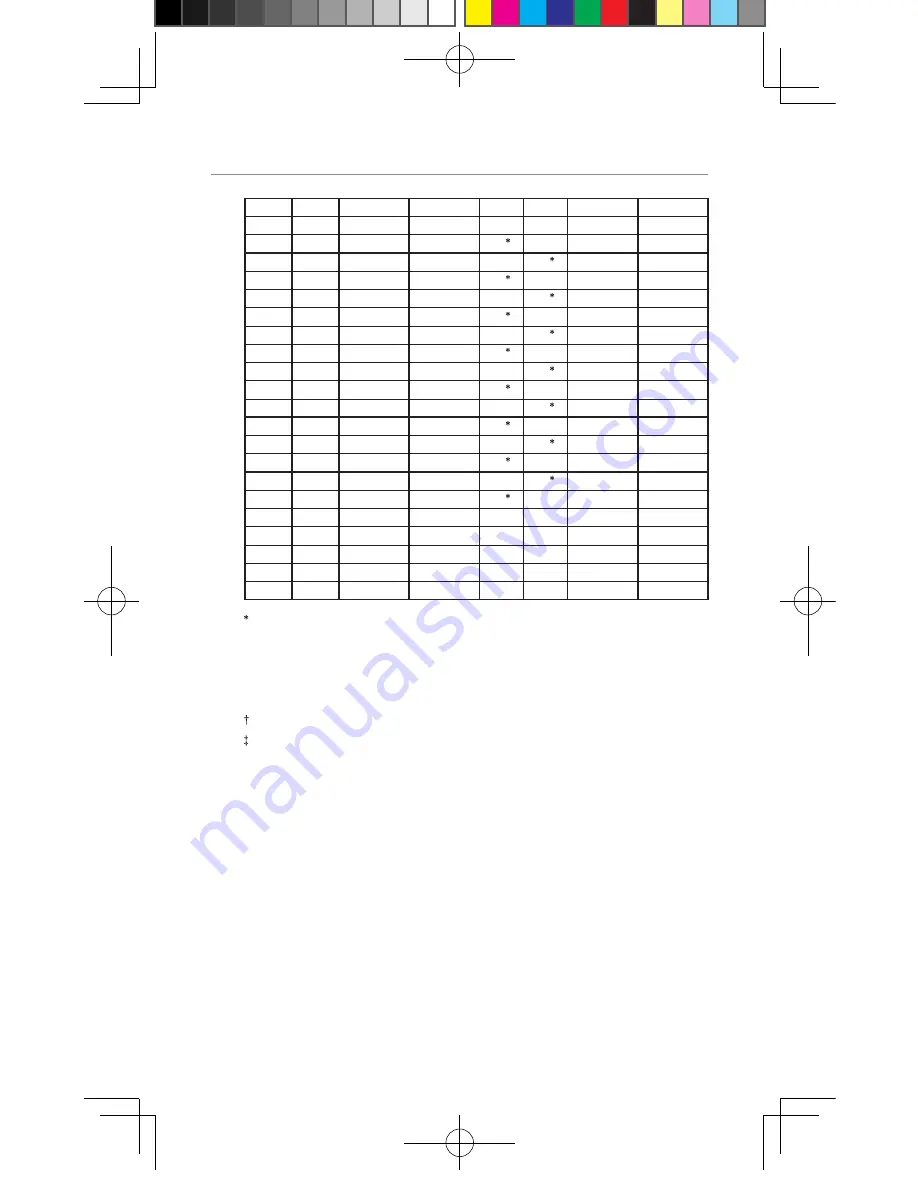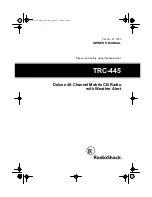
24
10
476.6500
476.6500
30
477.1500
477.1500
50
476.6625
476.6625
70
477.1625
477.1625
11
476.6750
476.6750
31
477.1750
477.1750
51
476.6875
476.6875
71
477.1875
-
12
476.7000
476.7000
32
477.2000
477.2000
52
476.7125
476.7125
72
477.2125
-
13
476.7250
476.7250
33
477.2250
477.2250
53
476.7375
476.7375
73
477.2375
-
14
476.7500
476.7500
34
477.2500
477.2500
54
476.7625
476.7625
74
477.2625
-
15
476.7750
476.7750
35
477.2750
477.2750
55
476.7875
476.7875
75
477.2875
-
16
476.8000
476.8000
36
477.3000
477.3000
56
476.8125
476.8125
76
477.3125
-
17
476.8250
476.8250
37
477.3250
477.3250
57
476.8375
476.8375
77
477.3375
-
18
476.8500
476.8500
38
477.3500
477.3500
58
476.8625
476.8625
78*
477.3625
-
19
476.8750
476.8750
39
477.3750
477.3750
59
476.8875
476.8875
79
477.3875
477.3875
20
476.9000
476.9000
40
477.4000
477.4000
60
476.9125
476.9125
80
477.4125
477.4125
The primary use for these channels is repeater operation using 750 kHz
offset. Channels 1-8 and 41-48 inclusive are used for mobile reception
and channels 31-38 and 71-78 for mobile transmission. In addition, any
designated repeater channel may be used for simplex operation in areas
where it is not used for repeater operation.
Speech telephony shall be inhibited on these channels.
At the time of production Channels 61, 62 and 63 are guard channels and
are not available for use.
Channel 5 and 35 (paired for Duplex repeaters) are reserved as emergency
channels and should be used only in an emergency.
CTCSS and DCS will not operate on channels 5 and 35.
A list of currently authorised channels can be obtained from the ACMA
website in Australia and the MED website in New Zealand. Channel 11
is a calling channel generally used to call others and channel 80 is the
customary road vehicle channel.
Once contact is established on the calling channel, both stations should
move to another unused “SIMPLEX” channel to allow others to use the
calling channel.
UHF channels and frequencies
OR011253 UHF2190_2195 User Guide_11-07-14.indd 24
2014/11/7 14:31:12







































